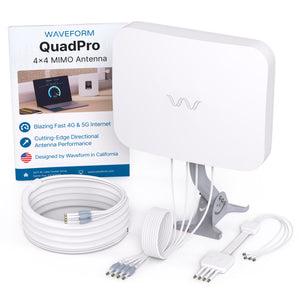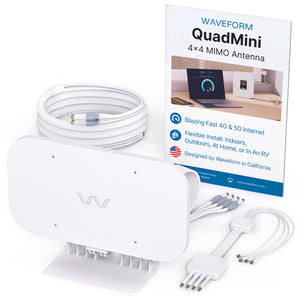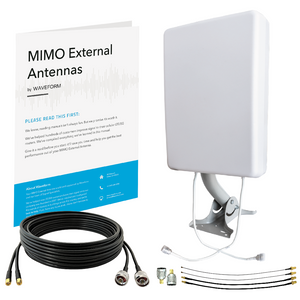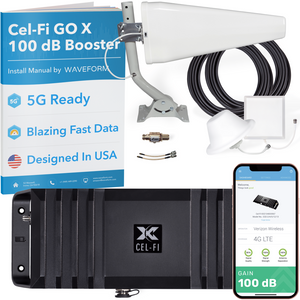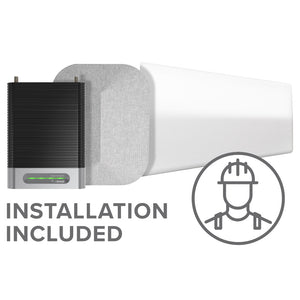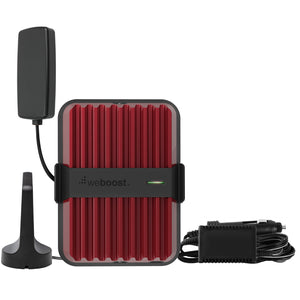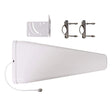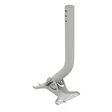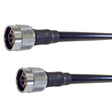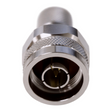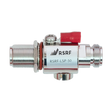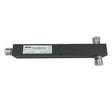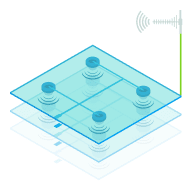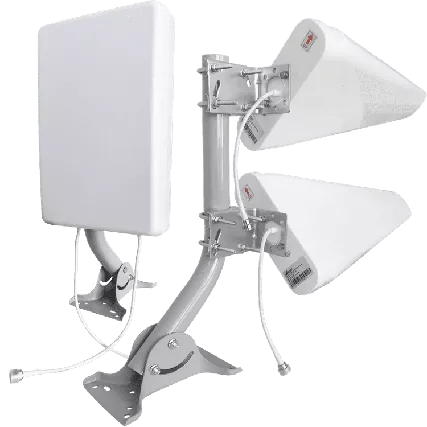We’ve just released our first-ever dedicated MIMO antenna kits, specifically designed to improve the performance of your LTE router or hotspot.
If you're looking to get the fastest data rates possible from your hotspot or router, these antennas can help.
Our MIMO Panel Antenna Kit and MIMO Log Periodic Antenna Kit connect directly to any LTE router or hotspot to improve cell signal for a faster and more stable data connection.
Our most requested new product
More and more consumers are turning to 4G LTE and 5G for their home internet. By using dedicated hotspots and LTE routers, customers are able to achieve speeds that their DSL lines and satellite internet connections simply can’t match.
These hotspots and LTE routers work well – except if you have weak or low quality cellular signal. Signal problems can make it difficult to maintain a high quality connection – resulting in decreased data throughput and, simply put, slower internet.
We started selling custom MIMO antenna kits to help our customers address this some time ago, but we've now packaged everything together in two easy to use kits.
Multiple-input and multiple-output, or MIMO, is one of the key technologies that allows 4G LTE and 5G to deliver high speeds.
In short, it’s a method used by 4G LTE and 5G signals to multiply the capacity of a connection, by using multiple antennas to send and receive signal.
Interestingly, as great as signal boosters are for broadcasting a stronger signal into a building, they don't always maximize data rates. This is simply because they inherently downgrade cellular signals from MIMO to SISO (single-input and single-output), which in some cases can impact peak data rates.
How MIMO Antenna Kits Work
Unlike a signal booster system, MIMO antenna kits don’t need an amplifier and don’t make use of indoor antennas to rebroadcast their signal.
Instead, cross polarized MIMO antennas are installed outside the building, with coax that connects directly to the hotspot or LTE router. This minimizes noise in the system and allows the router to receive a more powerful, higher quality signal that still maintains MIMO.
Polarization is crucial for MIMO. This is effectively a means of isolating the antennas from each other, to ensure they get independent signal streams. Since signal is transmitted from cell towers in a cross or “X” pattern, our kits make use of cross-polarized antennas.
Full Support for 4G LTE and 5G!
Our wideband MIMO Panel Antenna and Log-Periodic outdoor antennas support almost every 3G, 4G LTE, and low/mid-band 5G service in use in the US and across the world today.
The most commonly used 4G LTE and 5G bands that are used in the US are listed below, these are all supported by our MIMO Antenna Kits.
Supported 4G LTE Bands in the US:
-
AT&T: B2, B4, B5, B12, B17, B29, B30, B66
-
Verizon: B2, B4, B5, B13, B66
-
T-Mobile: B2, B4, B5, B12, B66, B71
-
Sprint: B25 B26, B41
Supported 5G Bands in use today in the US:
-
AT&T: n5
-
T-Mobile: n71
-
Sprint: n41
We’ve released two different MIMO antenna kits, one uses a MIMO Panel Antenna, the other uses two cross-polarized Log-Periodic Antennas.
We recommend using the MIMO Log-Periodic antennas if you have line-of-sight to your nearest cell towers. If you're surrounded by trees, buildings, or hills, the MIMO Panel antenna will likely perform somewhat better.
Beyond this, we’re allowing for granular customization of these kits, giving you the option to select whether or not to include lightning surge protectors. You’re also able to select between TS9-Male and SMA-Male adapters, to fit almost any hotspot or LTE router.
In Summary: A Better Solution For Your Fixed LTE Internet























